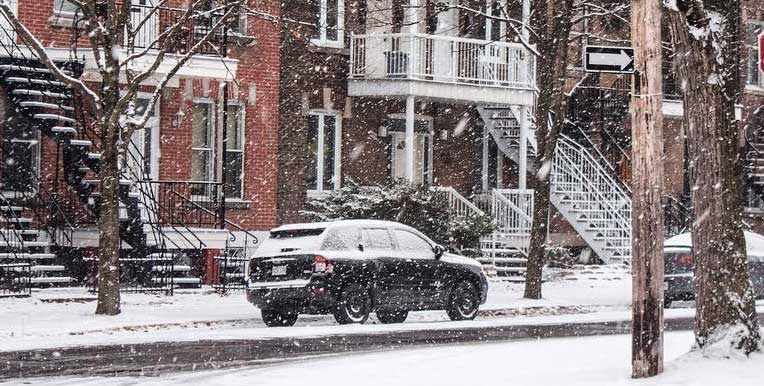Autumn is here and your home needs to prepare for another winter storm before it gets too cold. It’s about preventing icy air infiltration and destructive water infiltration from the building.
If your building envelope has been caulking more than 10 years old, we strongly recommend that you inspect it visually, twice a year; in the fall and spring, the sealing and condition of the joints.

Inspection of the frame and openings
Focus first around the doors and windows because the frame of these openings goes from the outside to the inside and it is impossible to predict the sneaky route of water infiltration inside the walls and the damage that could result.
Detect cracks and detachment of sealant
With the naked eye or with the help of approach glasses, try to spot cracks or signs of detachment on either side of the joints. The first signs of detachment usually appear in the upper and lower corners of doors and windows.
If the original joints are relatively thin or narrow; more or less half an inch (1/2 ”), the upper joint, directly under the lintel,will be the most vulnerable.
Water infiltration is not detected right away
If you notice any cracks or signs of sealant detachment, we recommend that you correct the situation as soon as possible. You can be sure that the slightest crack will cause water infiltration even if you don’t notice anything from the inside.
As long as the materials inside the walls absorb water infiltration, you won’t see any water flowing inside the house or the damage that has been created without your knowledge.
On the other hand, it will take a big storm to notice a major infiltration potentially very expensive in repairs and insurance costs.
If the caulking work was not on your budget, at least try to seal everything that is safely accessible yourself. Use sealants available in supermarkets, don’t worry about the aesthetics of your joints. Avoid applying too much of it.
Note that you will need to entrust the short-term work to caulking experts,
Do you spend the winter in the south? Attention!
If you plan to spend part of the winter in the south, make sure that balconies or terraces leading to the front doors and patio doors will be plowed during your extended absence. This recommendation is addressed to the world early, whether the caulking is to be redone or it is new.
The sun’s radiation and reflection in the patio door windows, the radiant heat of the building and the slight loss of heat at the doorstep accelerate the melting of snow accumulated directly in front of the doors during the winter, creating basins that promote water retention.
The sequences of thaw during the day and frost during the night increase the amount of ice at the bottom and around the basin and thus improve the tightness of the basin.
It only takes heavy rain during a winter break (at least once a winter between January and March) or rapid melting for water accumulated in the basin and passing over the threshold of the front door or patio door, even if the threshold level is in accordance with the building code.
These openings are far from waterproof like portholes.
Shawn Dupuis, Elite Cauldration Inc. 514-910-3548.



